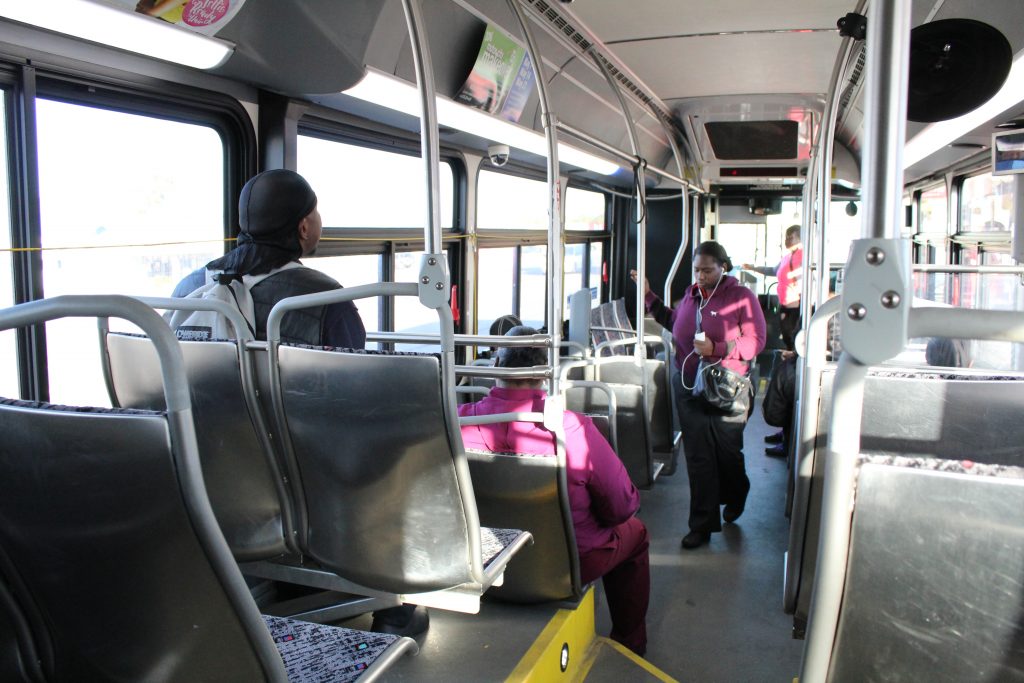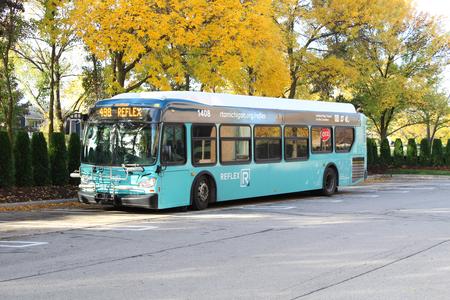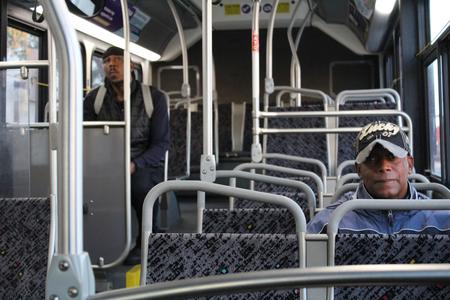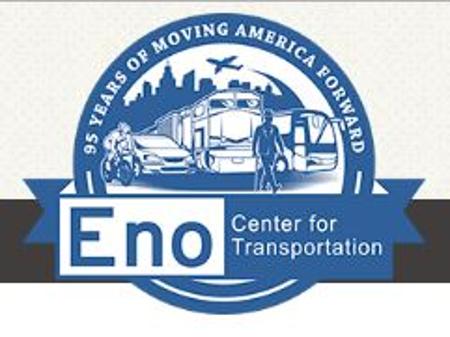Southeast Michigan’s Transit Future Will be Decided at Polls
Will voters approve a 1.2-mill property tax to fund the RTA’s master plan?


At 8 a.m. on a recent weekday, a handful of folks wait in Detroit’s Midtown area for the RefleX bus that travels to the Somerset Collection in Troy for a $1.50 one-way fare. Gregory Smith plans to ride to his suburban church.
“I love the RefleX,” says the Berkley resident. Because it is an express bus and makes limited stops, Smith says he’s more likely to find a seat on it than the Detroit Department of Transportation (DDOT) bus that he used to take. Plus, the RefleX doesn’t force riders to transfer to another bus run by another transit system at 8 Mile Road, which has been the case for commuters crossing the county boundary line.
This election, the Regional Transit Authority has placed a 1.2-mill property tax on the ballot to fund a master plan for mass transportation in the region. These new turquoise-colored “RefleX” buses on some area roadways offer a taste of what may lie ahead for riders if the proposal passes.

RTA Plan Aims to Increase Connectivity
Historically, the transit systems in the region, including DDOT, Suburban Mobility Authority for Regional Transportation (SMART), and the Ann Arbor Area Transit Authority have not been well-connected to each other. RTA CEO Michael Ford says that’s left southeast Michigan at a disadvantage. “People can’t get to jobs. They can’t get to health care. They can’t get to fresh food or have a quality of life,” he says.
The RTA’s proposed plan, at its simplest, is about increasing connectivity throughout Wayne, Washtenaw, Macomb and Oakland Counties – especially within Detroit.
The new millage would cost homeowners $120 for every $100,000 dollars of taxable value on their property for 20 years. In total, the millage is expected to raise $4.6 billion dollars. Homeowners can calculate an estimate of what they would have paid after 20 years here.
“People can’t get to jobs. They can’t get to health care. They can’t get to fresh food or have a quality of life,” says RTA CEO Michael Ford.
Ford says the bulk of the money raised would go toward two projects: a local rail line running between Ann Arbor and Detroit; and a Bus Rapid Transit (BRT) system, where buses operate like rail cars on wheels. The BRT would run along Woodward, Michigan, Gratiot and Washtenaw avenues. Fares would be paid at stations prior to boarding, real-time arrivals would be posted, and buses would travel in dedicated lanes.
In addition the plan would create bus routes between Metro Airport and the four counties, additional commuter express lines and more buses that cross county boundaries.

View proposed transit map in detail.
The millage would also pay for security cameras on buses, a regional fare card, and additional services for the elderly and disabled.
Ford says this is a ground-breaking moment for the region.
“I don’t think we’ve ever been at this point before. We have this on the ballot, we have an approved plan, and we have the different communities working together; Oakland, Macomb, Wayne Washtenaw, [and the] City of Detroit. So, I’m optimistic for that reason,” says Ford
The Other Direction
A group called NoMassiveTransitTax.org is urging a “no” vote. Leon Drolet, the group’s treasurer and a noted anti-tax activist, says its members believe adopting the RTA millage is a bad idea.
“It’s a very substantial tax increase that offers very little in return to the citizens of metro Detroit,” he says.
Drolet says area residents are already paying plenty for transit. He thinks DDOT and SMART should contract a private group to better coordinate services and spend money more efficiently
“What the proponents of this are saying is, ‘Hey, the only way that we could coordinate routes, the only way that we could get a bus to cross 8 Mile either way is to spend $4.6 billion dollars,’” says Drolet.
“What the proponents of this are saying is, ‘Hey, the only way that we could coordinate routes, the only way that we could get a bus to cross 8 Mile either way is to spend $4.6 billion dollars,’” says Leon Drolet of NoMassiveTransitTax.org
The opposition group would like to see local bus services partner with ride-sharing apps like Uber while investing in transit vans rather than what Drolet calls “Dinosaur Buses.”
“There are two directions being fought over here. One is saying, ‘let’s run to the past. Let’s invest billions in buses, in light rail. Let’s invest in what people are moving away from.’ And another direction is [saying] ‘let’s run to the future. Let’s embrace individualized transit. Let’s invest in technology,’” says Drolet. “We’re saying that the future doesn’t have to be more burdensome than the past.”
But what about the present?
Uber Driver Joseph Roberts says he’s picked up people after they’ve missed their buses. He’s driven kids from their front door to their bus stops, and he says he’s picking up a growing number of seniors who use the app. But he does not think Uber would ever replace bus service.
“Everybody has a preferred way of travel,” he says.

Robert Puentes , president and CEO of the Eno Center for Transportation, a non-profit think tank in Washington D.C., says technology is indeed fundamentally changing transportation, but the key is to offer a range of options.
“The regions that have started to figure this out best are those that have stopped having conversations about highways over here and transit over here and bikes and pedestrians over here,” says Puentes.
“There’s lots of different ways to make a healthy and competitive region. It’s not one or the other.”
But as for whether the RTA plan will be adopted, it is one or the other: “Yes” or “No.”
In order for the millage to pass, the authority needs a collective majority of the voters in Macomb, Wayne, Washtenaw and Oakland Counties to vote in favor of the measure.
Here’s the RTA Ballot Language:

